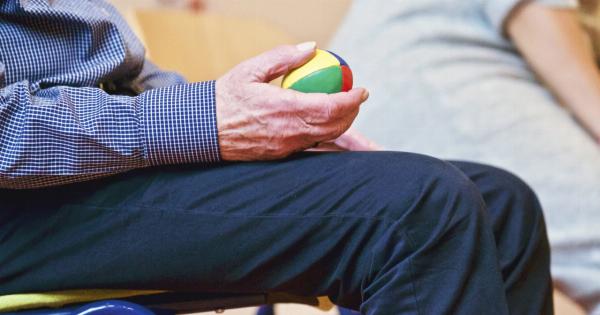Sleep apnea is a potentially serious sleep disorder in which breathing repeatedly stops and starts. It can have serious health consequences if left untreated, including increased risk of high blood pressure, heart disease, stroke, and diabetes.
Fortunately, there are steps you can take to reduce your risk of developing sleep apnea. In fact, research has shown that incorporating just two specific moves into your daily routine can cut your risk by an impressive 54%. Read on to discover these moves and take a proactive approach towards preventing sleep apnea.
Move 1: Maintain a Healthy Weight
One of the most significant risk factors for sleep apnea is carrying excess weight, especially around the neck and throat area.
People who are overweight or obese are more likely to have excess tissue in the throat that can block the airway during sleep. This obstruction leads to disrupted breathing patterns and ultimately to sleep apnea.
By maintaining a healthy weight, you can reduce the amount of fatty tissue in your throat and lower your risk of sleep apnea. Incorporate a balanced diet rich in fruits, vegetables, lean proteins, and whole grains.
Limit your intake of sugary and processed foods. Engage in regular physical activity to burn calories and shed excess pounds. Aerobic exercises like jogging, swimming, or cycling, as well as strength training exercises, can be particularly effective in helping you reach and maintain a healthy weight.
Additionally, practicing portion control and mindful eating can aid in weight management. Be sure to listen to your body’s signals of hunger and fullness and avoid overeating.
Consulting with a registered dietitian or nutritionist may provide you with customized dietary guidance and support.
Move 2: Sleep on Your Side
Another simple yet impactful move to reduce your risk of sleep apnea is to adopt a side-sleeping position. Sleeping on your back promotes the relaxation of throat muscles, which can lead to blockage and breathing interruptions.
By training yourself to sleep on your side, you can minimize the chances of your airway being obstructed and decrease the likelihood of experiencing sleep apnea.
Start by propping a body pillow or other supportive pillow behind your back to prevent you from rolling onto your back during sleep. You can also sew a tennis ball onto the back of your sleepwear to make it uncomfortable to sleep on your back.
Creating a conducive sleep environment is also important for maintaining a side-sleeping position. Choose a firm and supportive mattress and use pillows that keep your head and neck in a neutral alignment.
Avoid sleeping on an overly soft mattress or using excessively thick pillows as they can contribute to poor sleep posture.
Conclusion
By incorporating these two simple moves into your daily routine, you can significantly reduce your risk of sleep apnea.
Maintaining a healthy weight and sleeping on your side are both effective ways to prevent the onset of this potentially serious sleep disorder. Along with these moves, practicing good sleep hygiene, such as sticking to a regular sleep schedule, optimizing your sleep environment, and managing stress, can further support healthy sleep patterns.
Remember, taking proactive measures to prevent sleep apnea is crucial for your overall health and well-being.
If you suspect you may already have sleep apnea or experience symptoms like loud snoring, choking or gasping during sleep, excessive daytime sleepiness, or morning headaches, be sure to consult a healthcare professional for proper diagnosis and appropriate treatment.





























